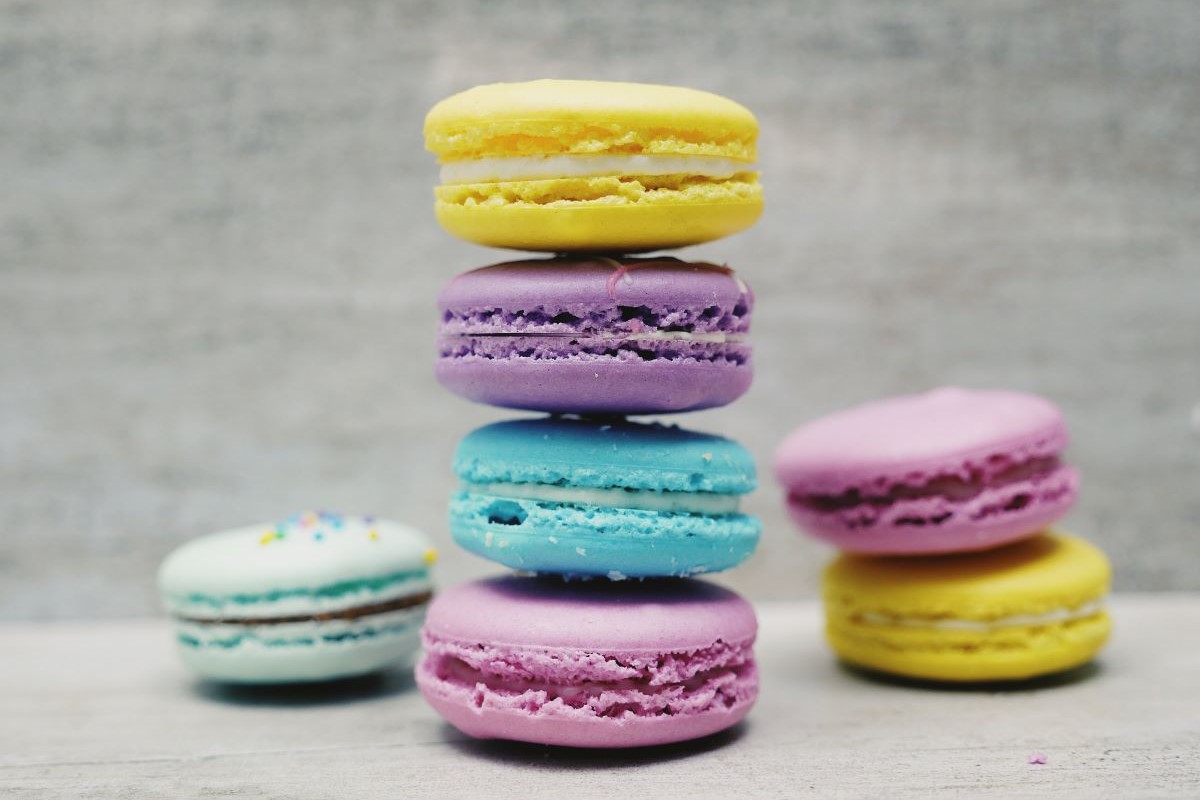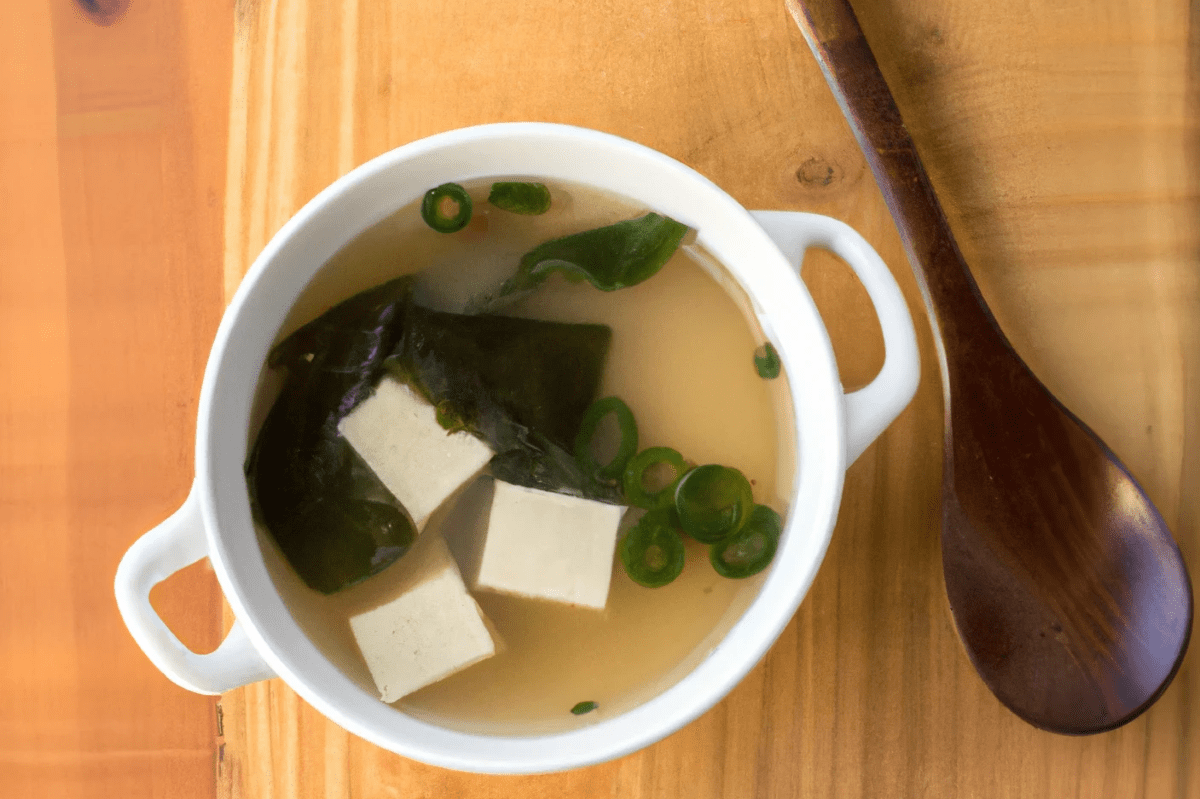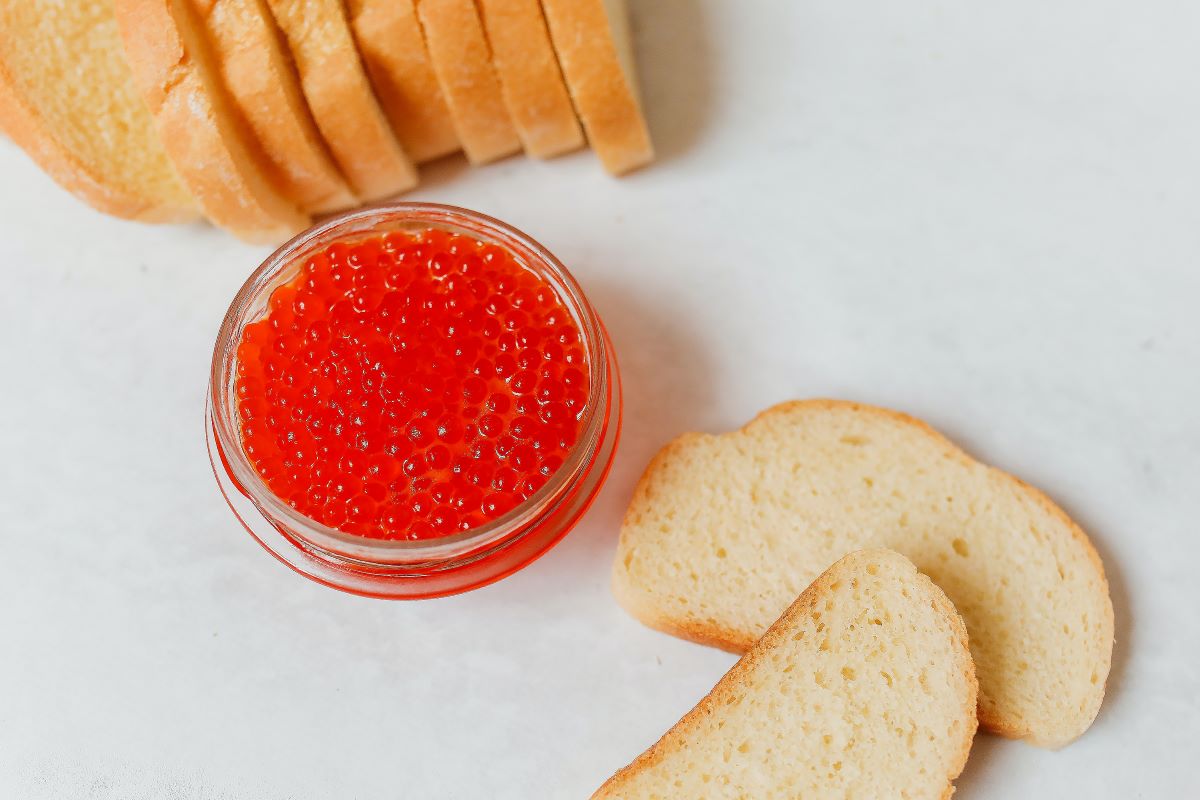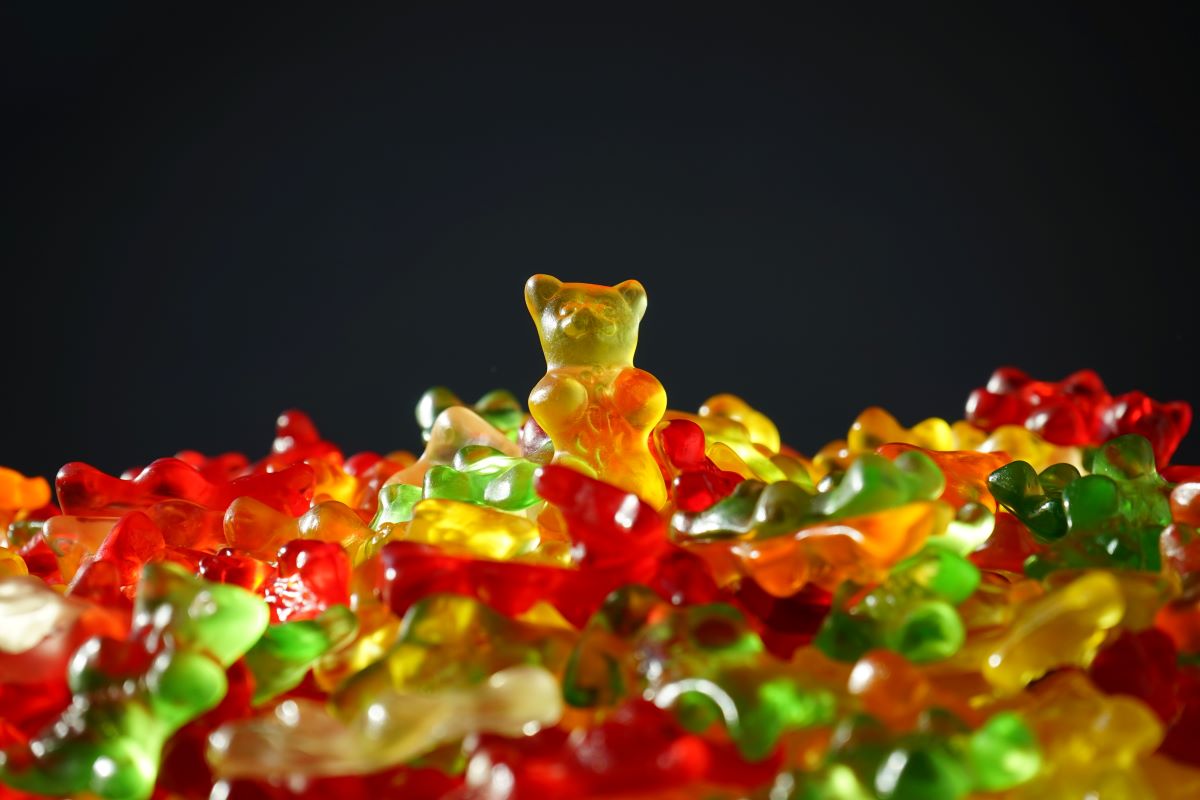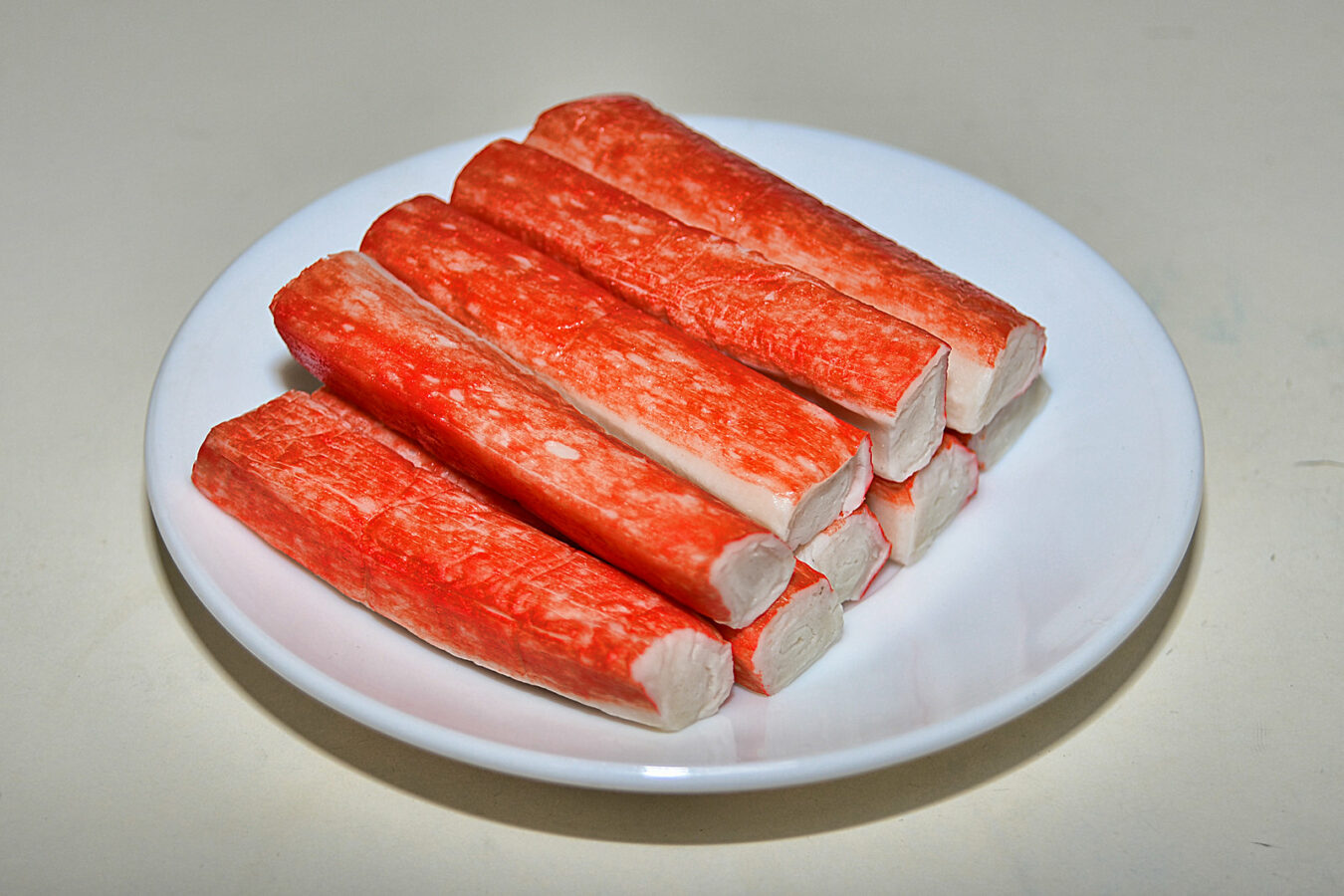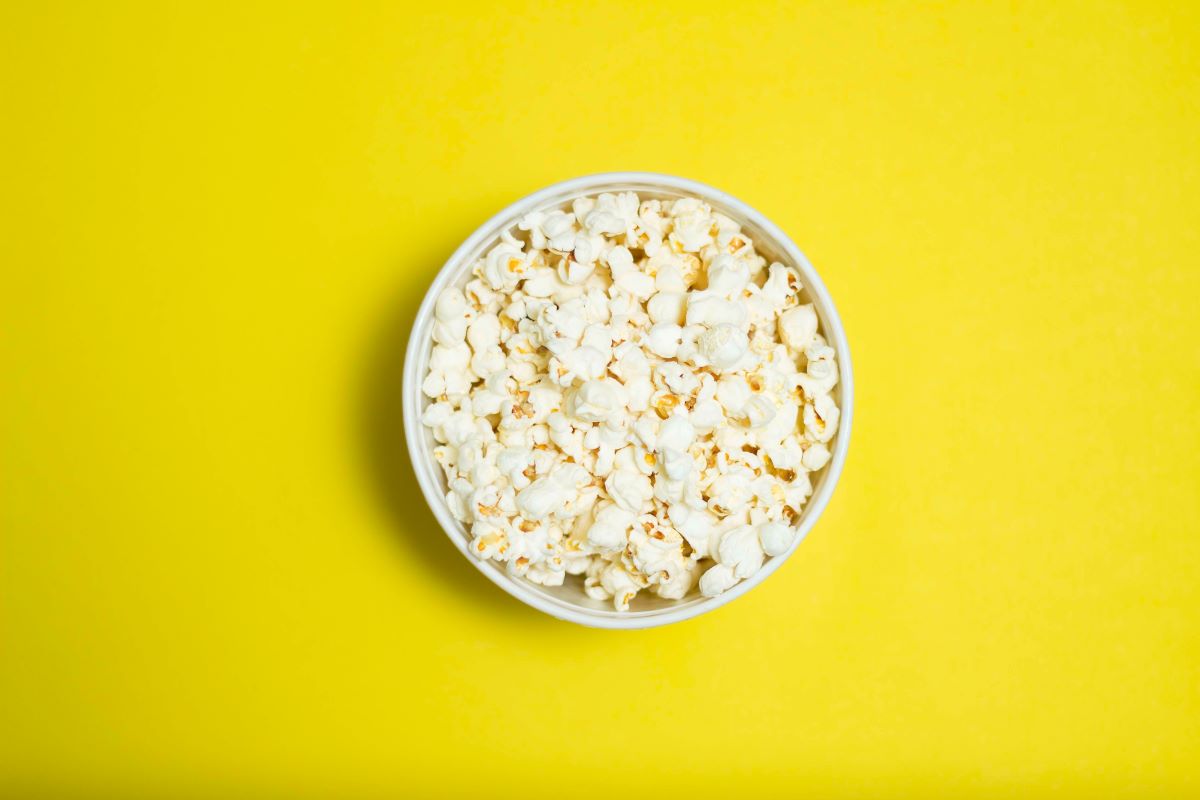Table of Contents
Navigating the world of food colorings and dyes can be a maze, particularly for vegans concerned about the use of animal products or animal testing in food and other goods.
This post aims to provide a comprehensive guide on whether artificial coloring is vegan, delving into ingredients while listing potential controversies and offering natural alternatives for those following a vegan diet.
Is Artificial Coloring Vegan?
The answer to this question can be complex: sometimes, but not always. While many artificial colors and food dyes are synthetic, meaning they are made without animal products, the issue often comes down to animal testing or animal-derived additives.
Non-vegan ingredients or Processes
Animal tests are a significant part of the safety assessment for artificial food colors. Even if the ingredients themselves are synthetic, the fact that they’ve undergone animal testing could make them ethically incompatible with veganism.
In this context, cochineal extract (common in candies) and carminic acid are worth mentioning. Therefore, these additives are derived from insects and are not considered vegan. These ingredients are often found in red dyes; people overlook them while reading food labels.
Controversies or Gray Areas within the Vegan Community
Animal testing remains a polarizing issue among vegans. For some, a vegan lifestyle necessitates the complete avoidance of products tested on animals, arguing that technological advancements should have negated the need for such inhumane practices.
Others take a more pragmatic stance, suggesting that it is almost impossible to escape the reach of animal testing in our modern world entirely, especially when approving substances for human consumption.
Additionally, the environmental concerns associated with artificial food colors cannot be ignored. The petroleum products produced by these dyes contribute to environmental issues like pollution and resource depletion. Given the vegan ethos of not harming, the ecological toll of artificial dyes is another layer of complexity that vegans may wish to consider.
In summary, while it may appear on the surface that many artificial colors are compatible with a vegan lifestyle, the intricate details reveal ethical and environmental complexities that make the answer far from straightforward.
Types of Artificial Coloring
Artificial food colorings are commonly designated by names and numbers like Red 40 (sometimes used in candies), Blue 1, Indigo carmine, and Yellow 5. These colors are predominantly made from petroleum products. The good news for vegans is that, in their primary forms, these dyes usually don’t contain animal products.
However, the additives they’re mixed with for stability or longevity could be problematic. For example, glycerin is a frequent additive in artificial dyes. It acts as a stabilizer, but unfortunately, it often comes from animal bones. Hence, although the core ingredients may be synthetic, secondary ingredients could make them unsuitable for a vegan diet.
Vegan-Friendly Alternatives and Variations
Thankfully, the food industry has started recognizing the growing demand for vegan-friendly products, including natural food colors free from animal testing or animal-derived ingredients.
Whether you want to color food for a special occasion or are merely curious about your daily consumables, various alternatives align with veganism principles.
Store-Bought Alternatives
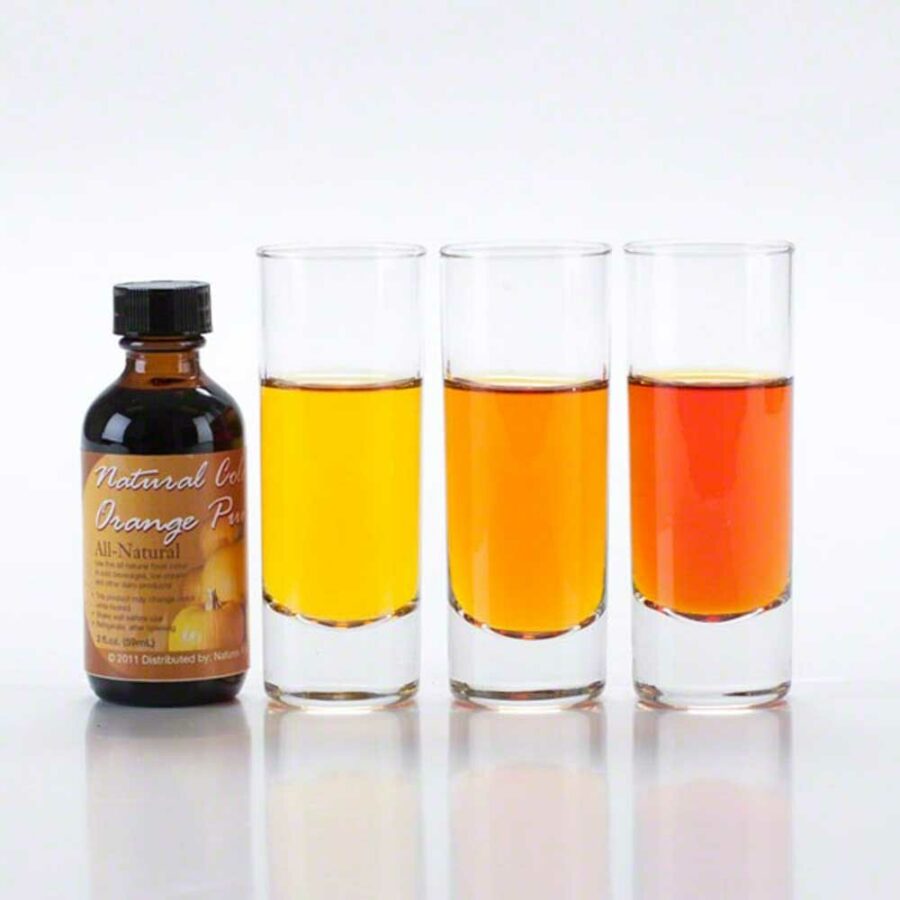
Nature’s Flavors
Nature’s Flavors specialize in all-natural and organic food colors derived from vegetable juices and spices. Their products are entirely plant-based and offer a wide range of bright colors.
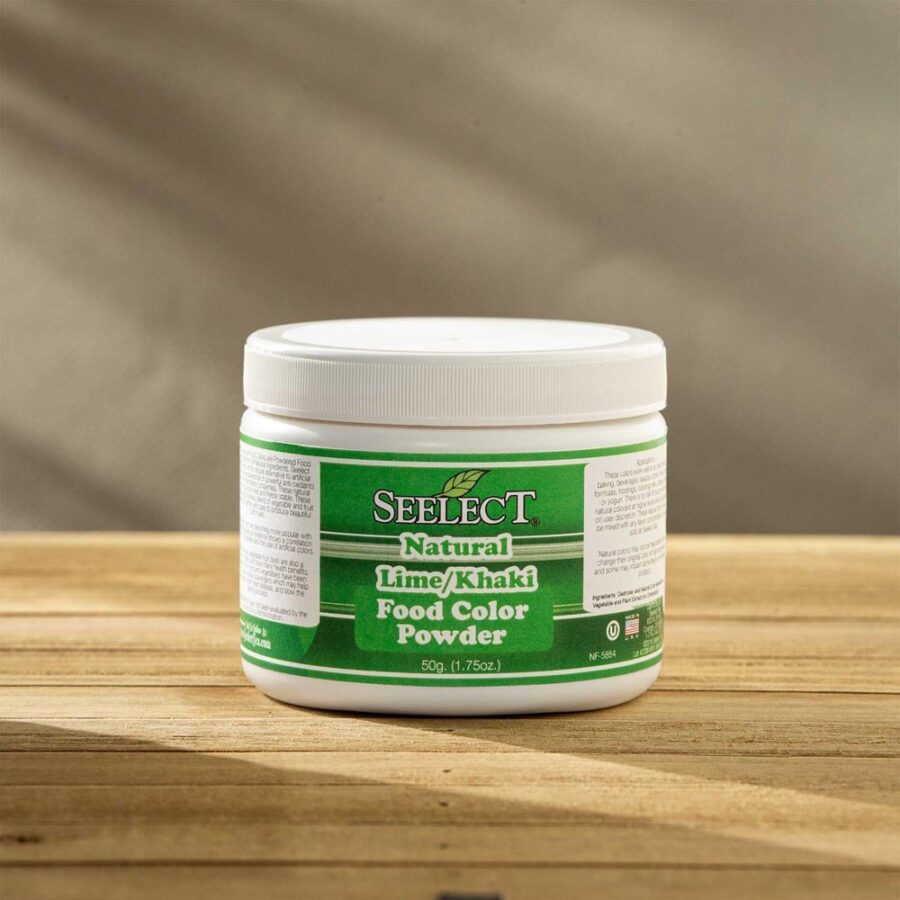
Seelect Tea
Known for its vegan food coloring line, Seelect’s colors are made from vegetable and fruit juices like beet juice, turmeric, and spirulina extract. Plus, they’re gluten-free.
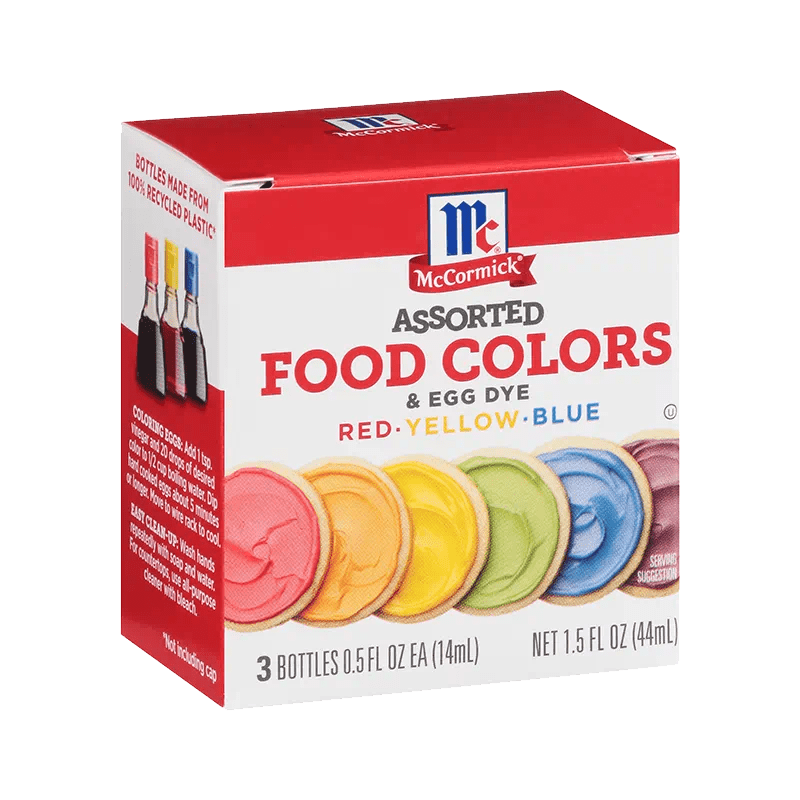
McCormick
While McCormick offers artificial and natural food colorings, they have a line of colors sourced entirely from plants. Be sure to check the food labels for confirmation.
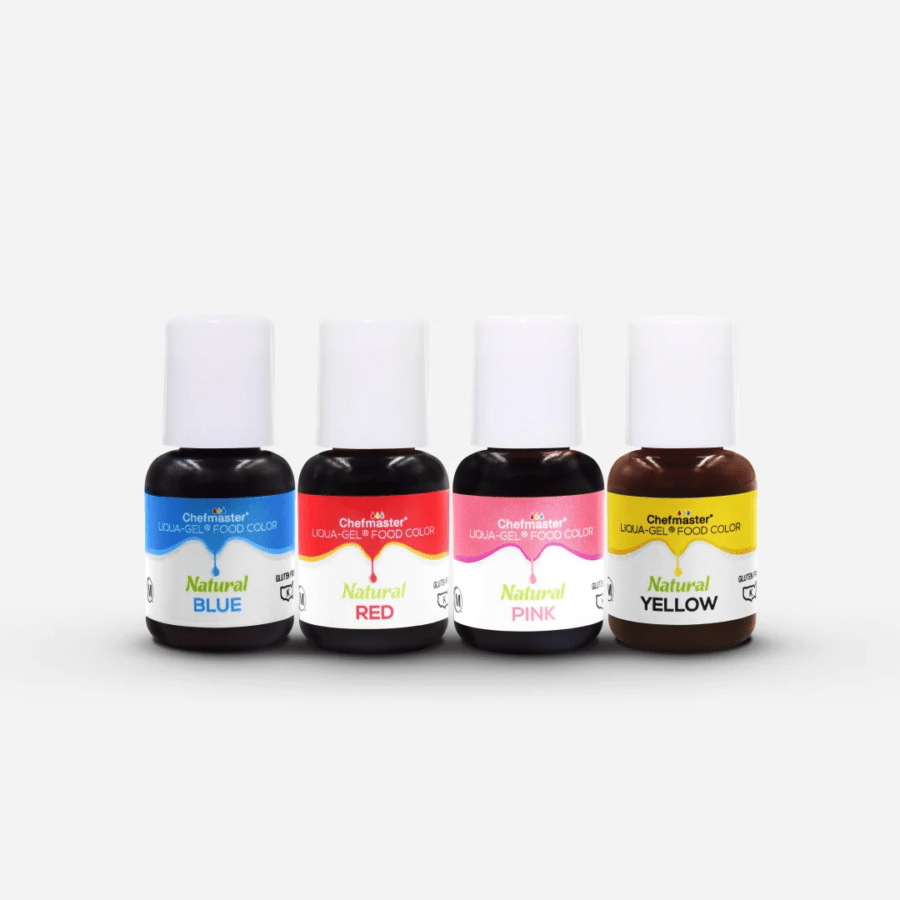
Chefmaster
Chefmaster offers a range of natural food colorings that are vegan-friendly and made from ingredients like beet powder, spirulina extract, and vegetable juice.
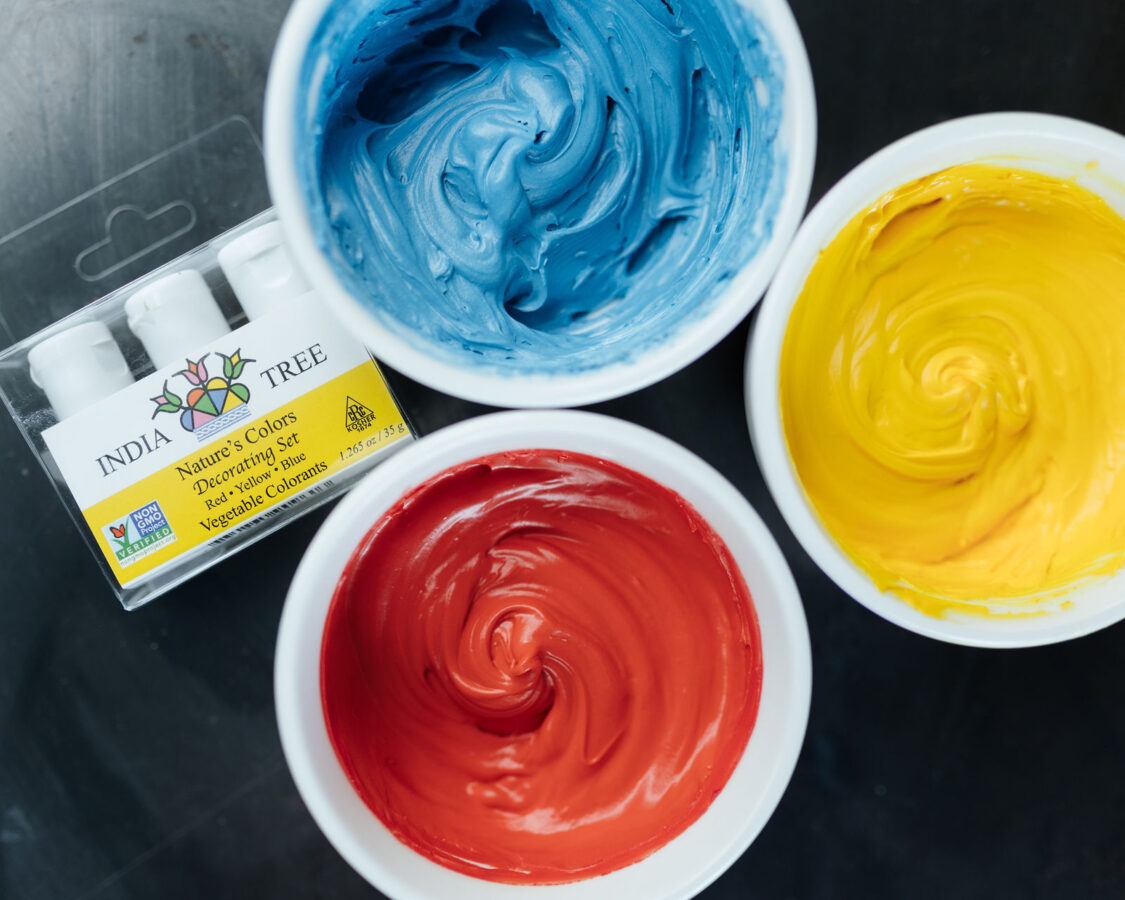
India Tree
India Tree’s vegetable colorants are sourced from natural foods like beets, carrots, and cabbage, providing an array of color options for the vegan palette.
Tips for Identifying Vegan-Friendly Options
Navigating through the maze of food colors to identify vegan-friendly options might seem daunting initially, but there are some general guidelines to keep in mind.
Check the Ingredients List: Always read the ingredient list. If you see names like “cochineal extract” or “carminic acid,” those are animal-derived.
Look for Vegan Labels: Many companies have started labeling their products vegan, making them easy to identify.
Research the Company: Take a moment to visit the company’s website or contact their customer service to inquire about their animal testing policies and the source of ingredients like glycerin.
Be Skeptical of ‘Natural Flavors’: The term is often misleading and can sometimes include animal-derived additives.
Consult Vegan Forums and Blogs: These platforms can be treasure troves of information where people share brands and products they’ve vetted as vegan-friendly.
Cross-Check With Vegan Apps: Many mobile apps are designed to scan barcodes and instantly tell you whether a product is vegan.
Mind the Certifications: Labels like ‘Certified Vegan’ or ‘Cruelty-Free’ are usually reliable indicators of the product’s vegan status. However, note that some certifications might only pertain to animal testing and not necessarily mean the product is free from animal-derived ingredients.
By being cautious and spending more time scrutinizing your options, you can make vegan-friendly choices without compromising your ethical stance or your food’s visual appeal. Whether you’re making a colorful cake or adding hues to your festive foods, vegan food coloring alternatives offer a way to keep your foods vibrant and your conscience clear.
Homemade Versions
For those who prefer a more hands-on approach or wish to avoid additives altogether, making your homemade versions of food coloring is another viable option. Not only does this give you complete control over what goes into your food, but it also allows for customization in hues and intensity.
Ingredient Swaps
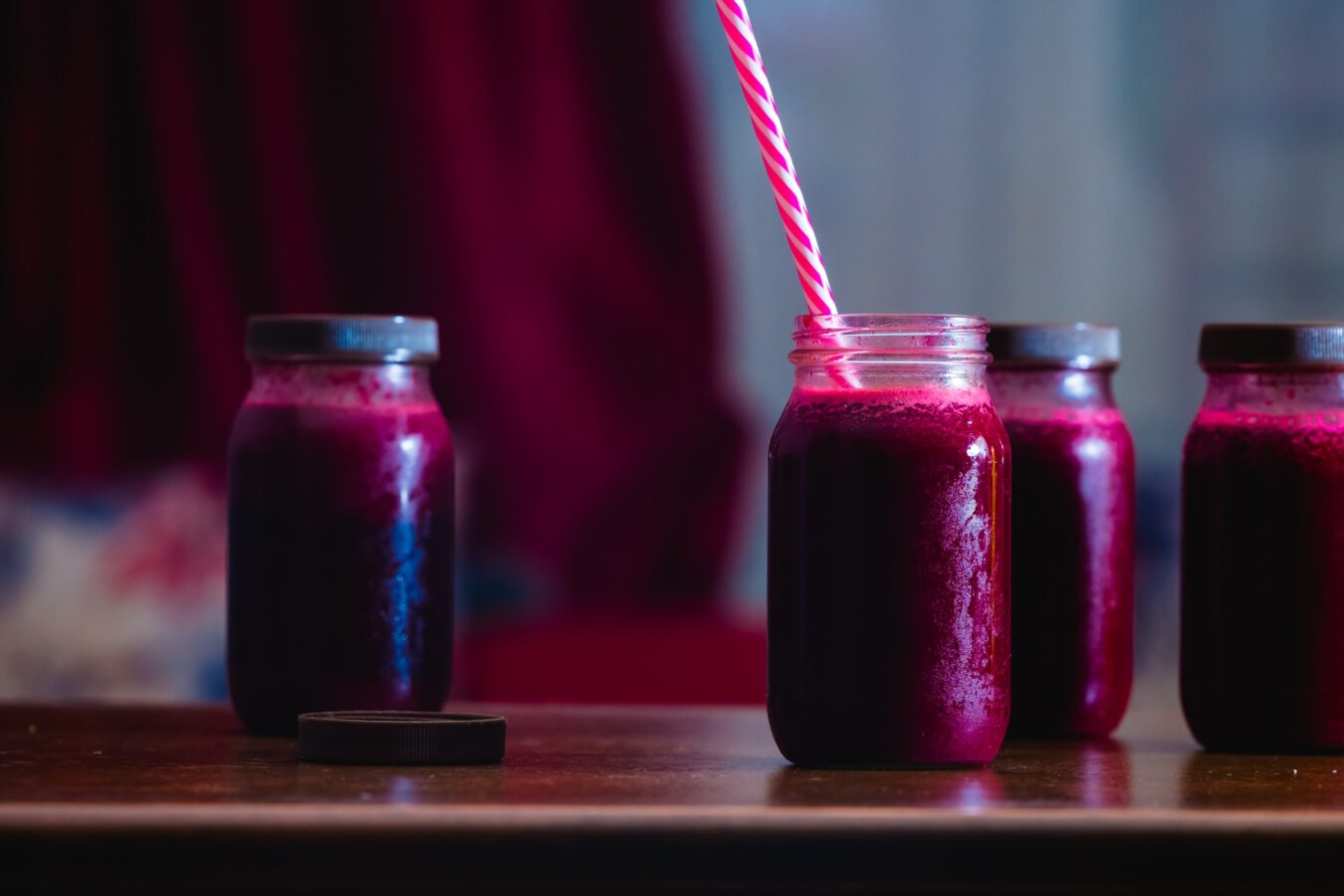
Beet Juice for Red
Beets provide a natural, vibrant red color and can be used in liquid and powdered form.
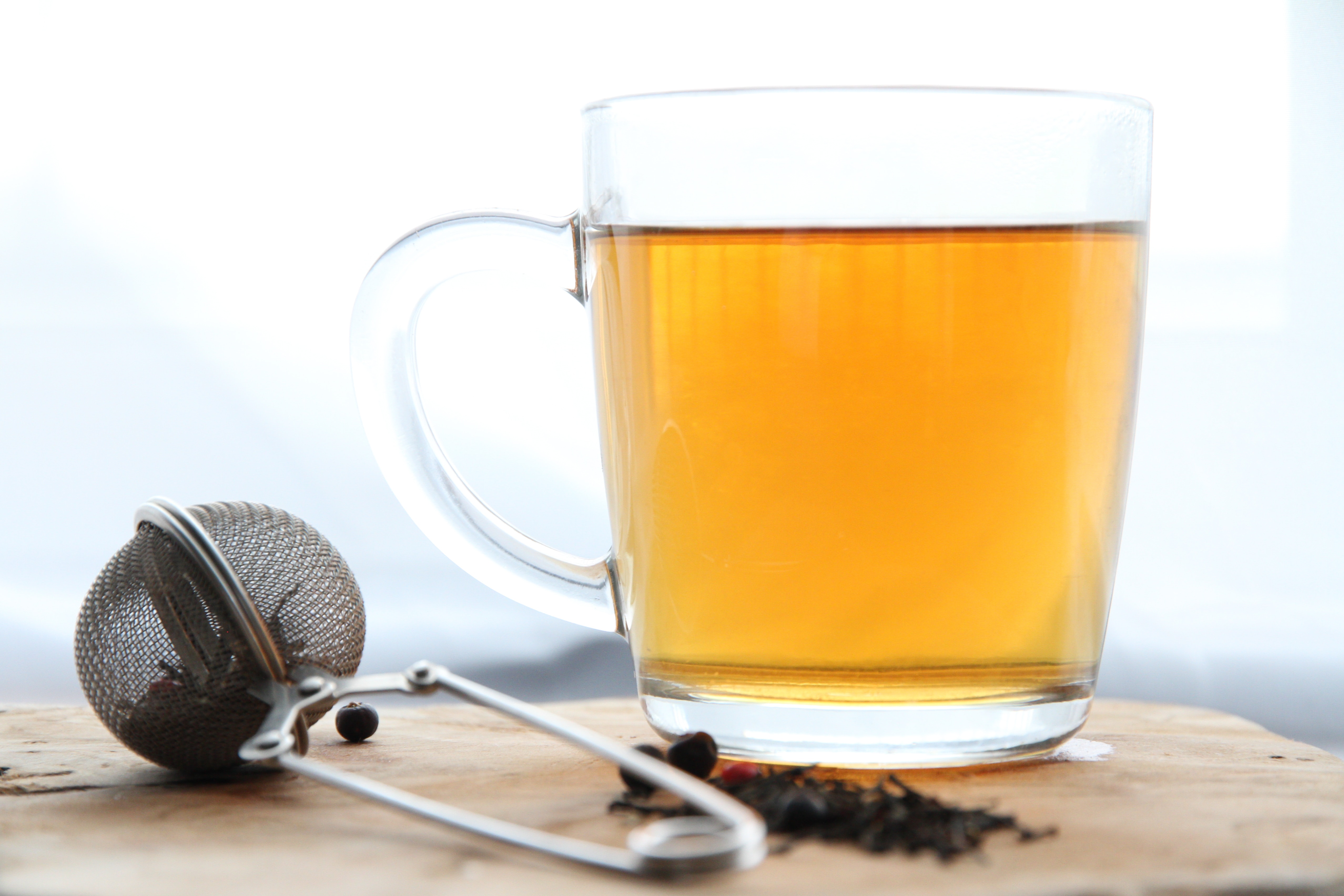
Turmeric for Yellow
This spice is a fantastic way to achieve a yellow color, but use it sparingly to avoid affecting the flavor too much.
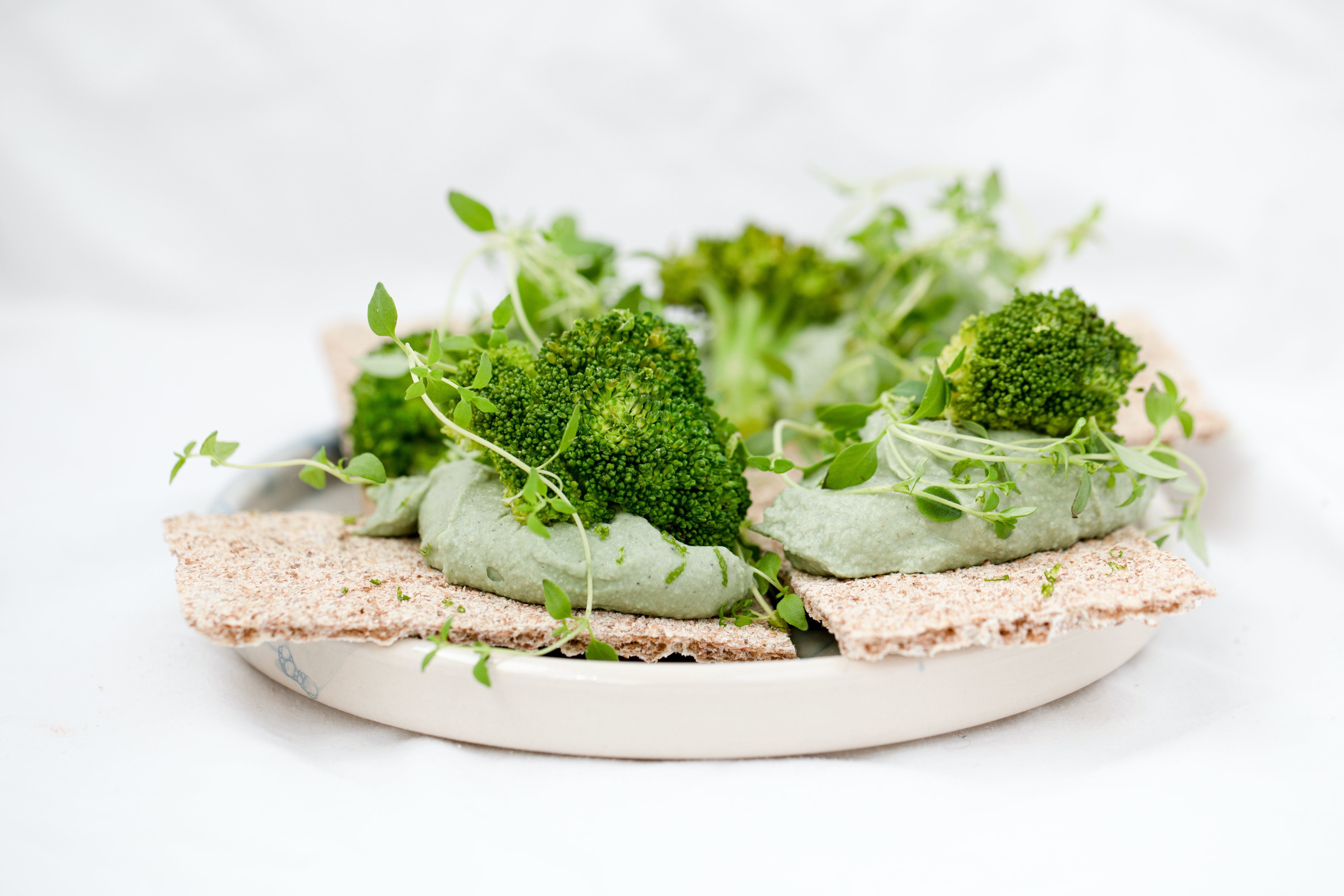
Spirulina Extract for Green
An algae-based product, spirulina provides a bright green color without animal-derived additives.
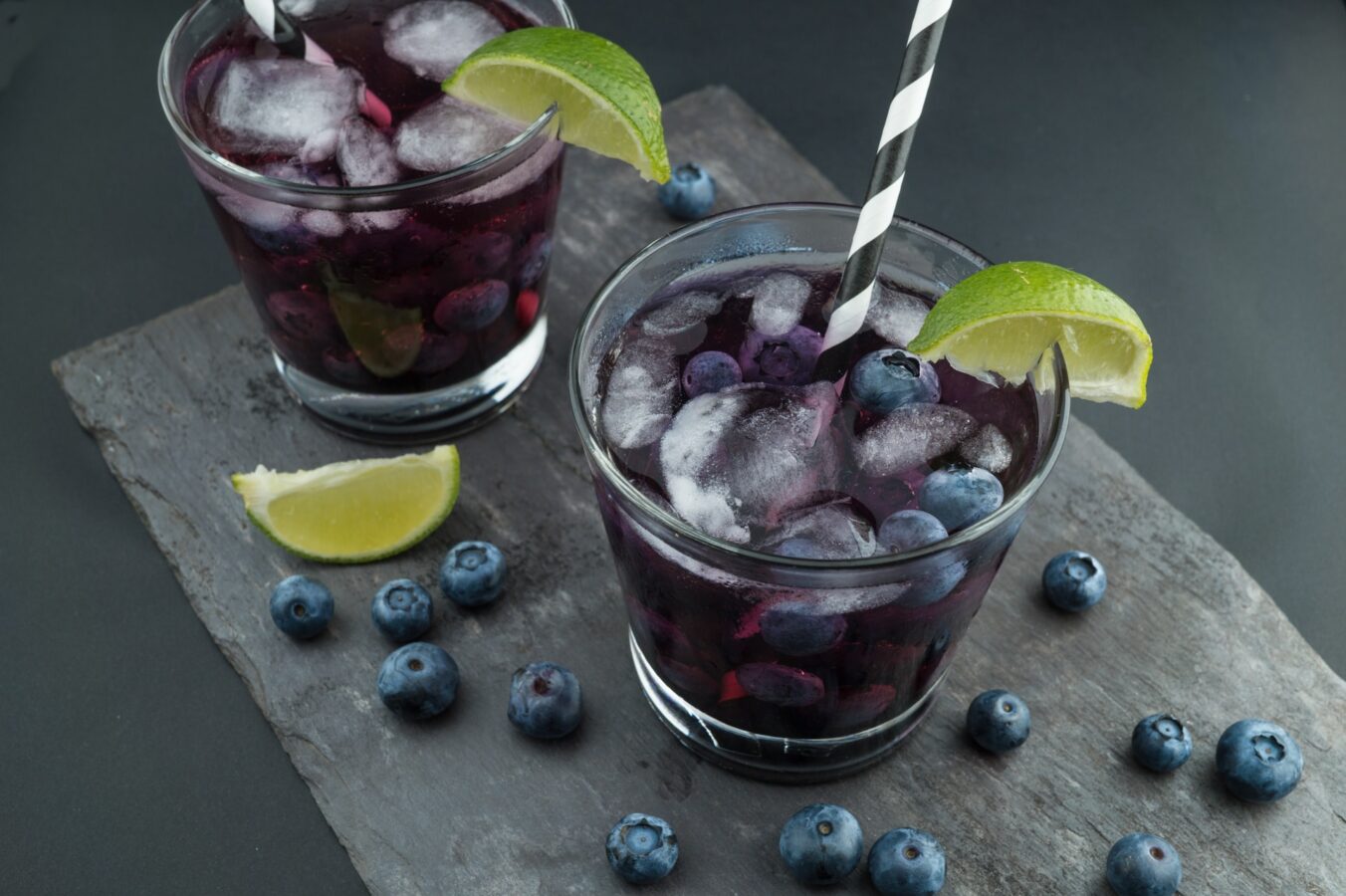
Blueberries for Blue
Cook down some blueberries and use the juice as a natural blue dye. For a more intense blue, you could explore the use of spirulina extract mixed with a bit of baking soda.
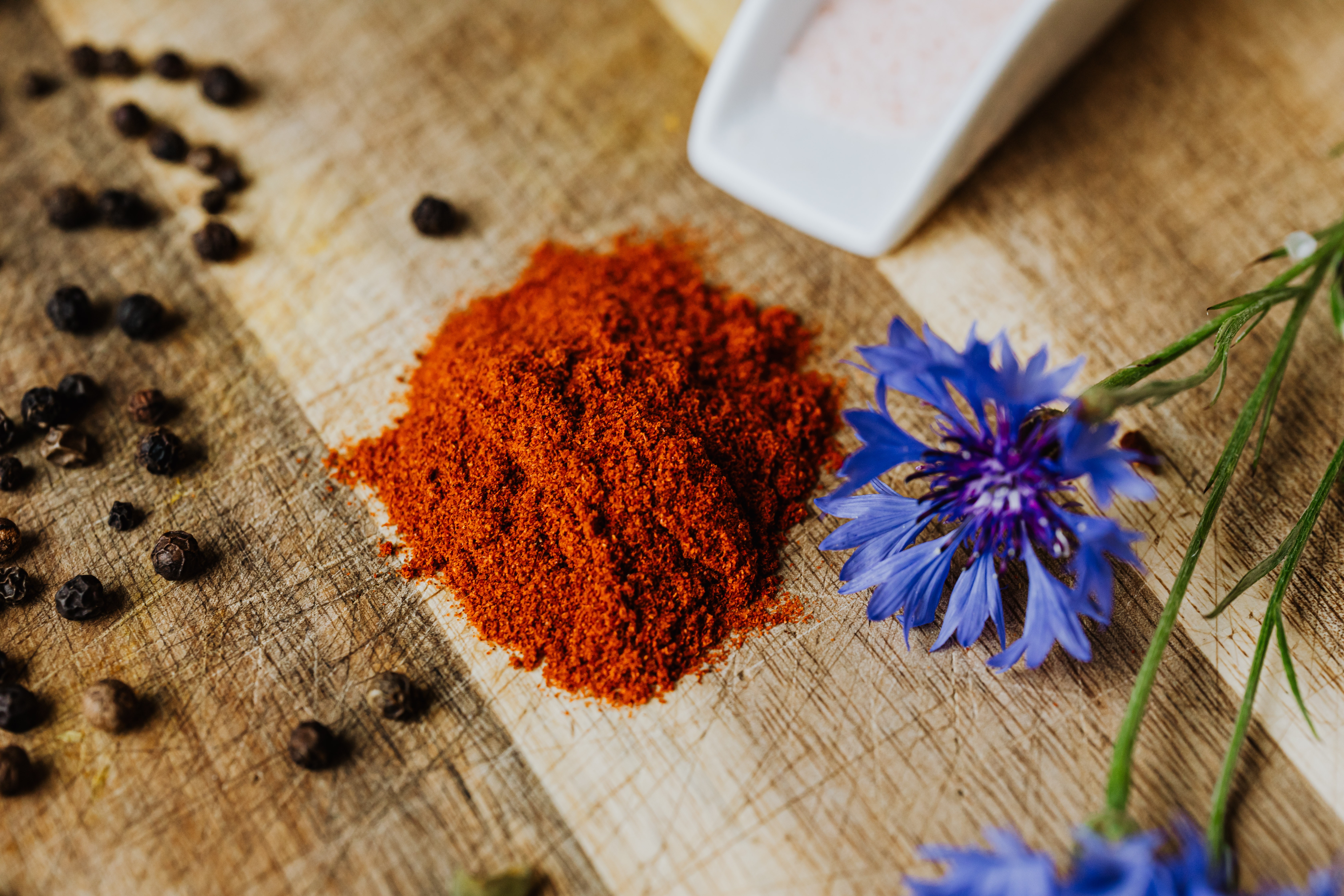
Paprika for Orange
For a warm orange color, paprika is your friend. Be sure to sieve it well to avoid clumps.
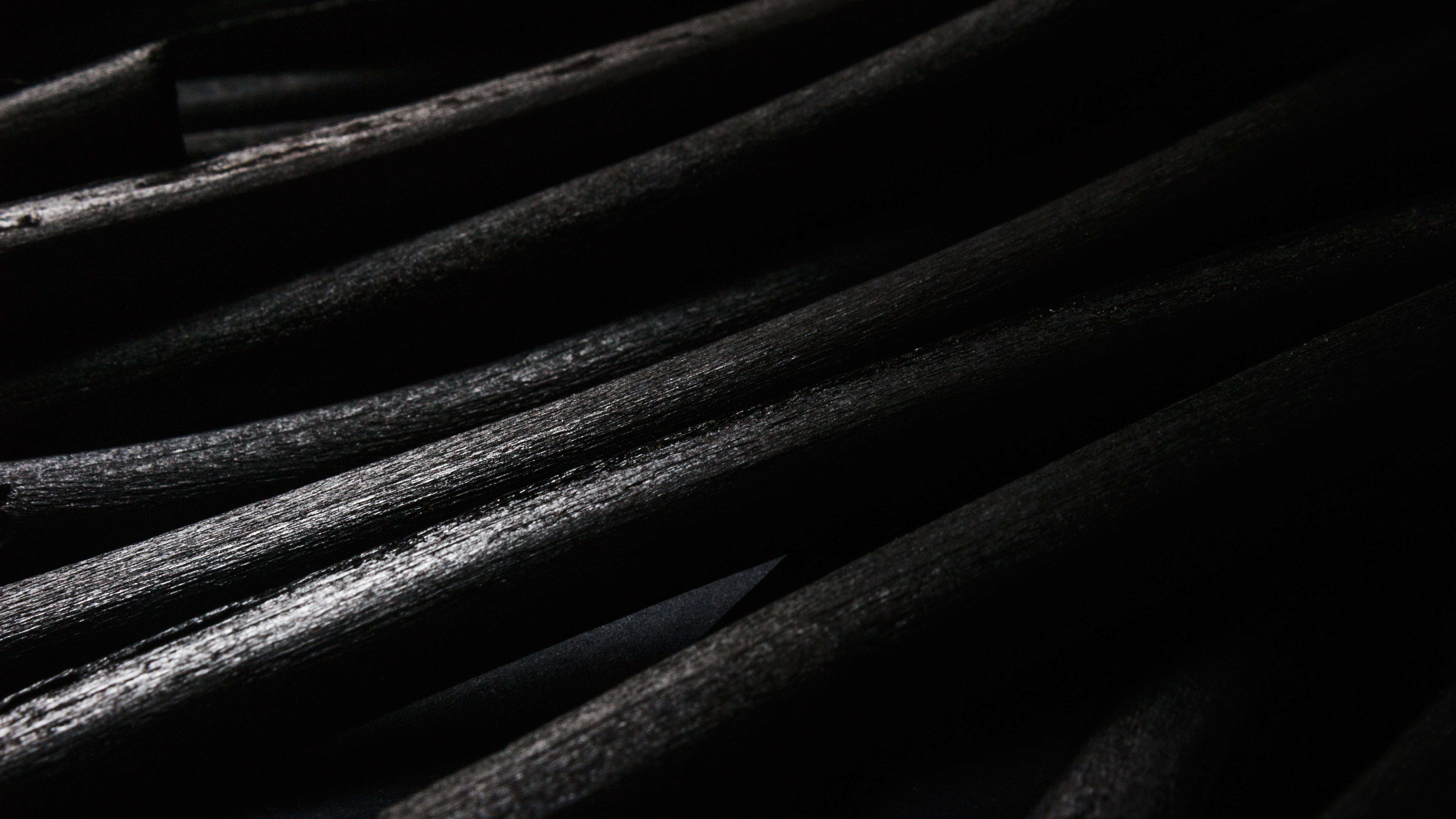
Activated Charcoal for Black
While not suitable for all recipes due to its strong detoxifying properties, activated charcoal can provide a rich black color for certain dishes.
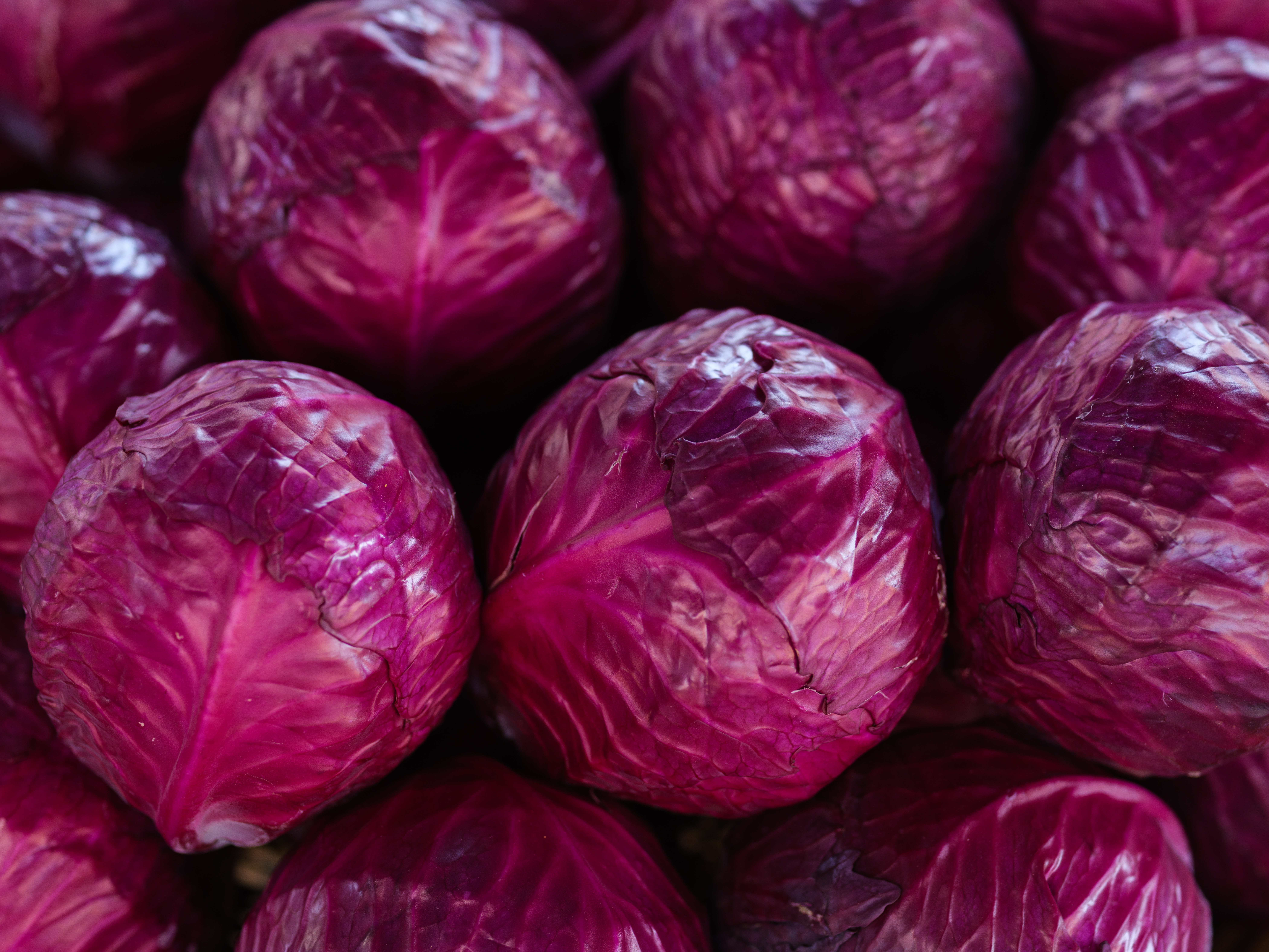
Purple Cabbage for Purple
Boiling purple cabbage and using the water can give you varying shades of purple depending on the pH of the foods it’s mixed with.
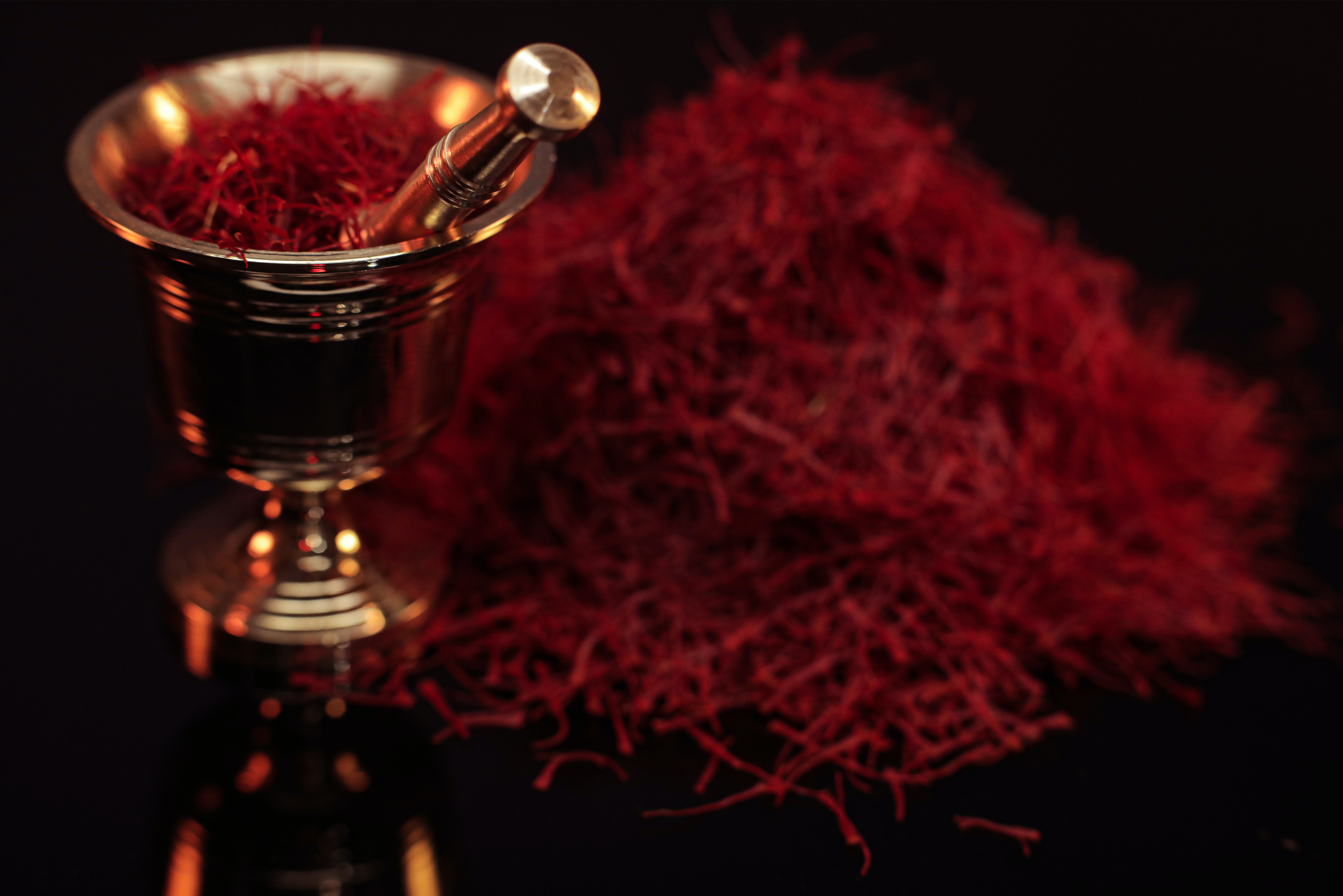
Saffron for Golden
A little saffron goes a long way in providing a luxurious golden hue to your foods.
How to Use Vegan Alternatives in Recipes
Using these natural alternatives in your recipes is often as simple as swapping out the artificial food coloring quantity with your realistic option. However, there are some things to consider:
Test for Flavor: Natural colorants often come with their flavors. Do a small test run to ensure the dye doesn’t overwhelm the dish.
Adjust Quantities: Natural colors may not be as potent as artificial ones, so you might need to adjust the quantities. Start small and build up to the desired shade.
Consider the Texture: Some natural colorants can be gritty or leave residues. Straining or purifying can help.
Acidity & Alkalinity: The pH level of your food can affect the final color. For example, purple cabbage can turn more blue or red depending on the pH.
Heat Sensitivity: Some natural colorants, like spirulina, can lose their vibrancy when heated, so add them last if possible.
Whether you buy vegan food coloring from a reputable company or create your own from scratch, the options are plentiful. Veganism doesn’t mean you must give up colorful foods; it requires more awareness and creativity.
How Artificial Coloring is Made
Artificial food coloring plays a significant role in the food industry, especially when making foods visually appealing. However, understanding how these colors are made can be crucial for those adhering to a vegan lifestyle.
Primary Ingredients
The primary components in most artificial food colors are synthesized from petroleum products, such as anilines. Anilines are organic compounds from benzene, a hydrocarbon commonly extracted from crude oil.
Secondary Ingredients and Additives
Some artificial coloring may contain secondary ingredients like glycerin, sodium benzoate, and palm oil. These additives can serve various functions like stabilizing the color, extending shelf life, or enhancing solubility.
Sourcing and Ethical Considerations
Artificial coloring is not just the end product that matters for vegans; the sourcing and ethical implications are equally significant considerations.
Environmental Impact
The primary ingredients of many artificial colors are petroleum-based, posing various environmental issues. Petroleum extraction is notorious for contributing to air and water pollution and is a non-renewable resource.
Additionally, manufacturing artificial colors involves chemicals that can harm the environment when not properly managed. Overall, the environmental footprint of artificial coloring can be substantial, raising concerns for those committed to responsible consumption.
Ethical Impact
Ethical considerations extend beyond the environmental impact to include concerns about animal testing. Many artificial colors have undergone animal tests to establish their safety for human consumption.
Given the increasing availability of non-animal testing methods, these animal studies raise questions about cruelty and the relevance and necessity of such tests. For many in the vegan community, animal testing renders these products non-vegan.
Labor Practices
The labor practices surrounding the production of artificial colors are another layer of ethical concern. In some cases, unfair labor practices, including inadequate wages and poor working conditions, have been reported.
However, it’s worth noting that several companies are improving labor conditions in their supply chains. Ethical sourcing certifications are one-way companies are working to ensure better labor practices, although such certifications have yet to be widespread in the food coloring industry.
Awareness of the sourcing and ethical considerations of artificial food coloring enables those following a vegan lifestyle to make more informed choices. It aligns with the broader aim of veganism, which seeks to minimize harm to animals, humans, and the environment.
FAQ
When diving into the colorful world of artificial dyes, various questions often arise, particularly when adhering to a vegan lifestyle.
Is all artificial coloring vegan?
No, not all artificial coloring is vegan. While many artificial colors are synthetic and not derived from animal products, many undergo animal testing or may contain animal-derived additives like glycerin.
Are there any health risks associated with artificial coloring?
Yes, there are health risks associated with artificial coloring. Studies have shown that some synthetic food dyes may cause allergic reactions in sensitive individuals and may have links to hyperactivity in children.
How can you make homemade artificial coloring?
You can make homemade artificial coloring using natural ingredients like beet juice for red, turmeric for yellow, and spirulina extract for green. Cook down or blend these natural foods and strain the resulting liquid as a dye.
